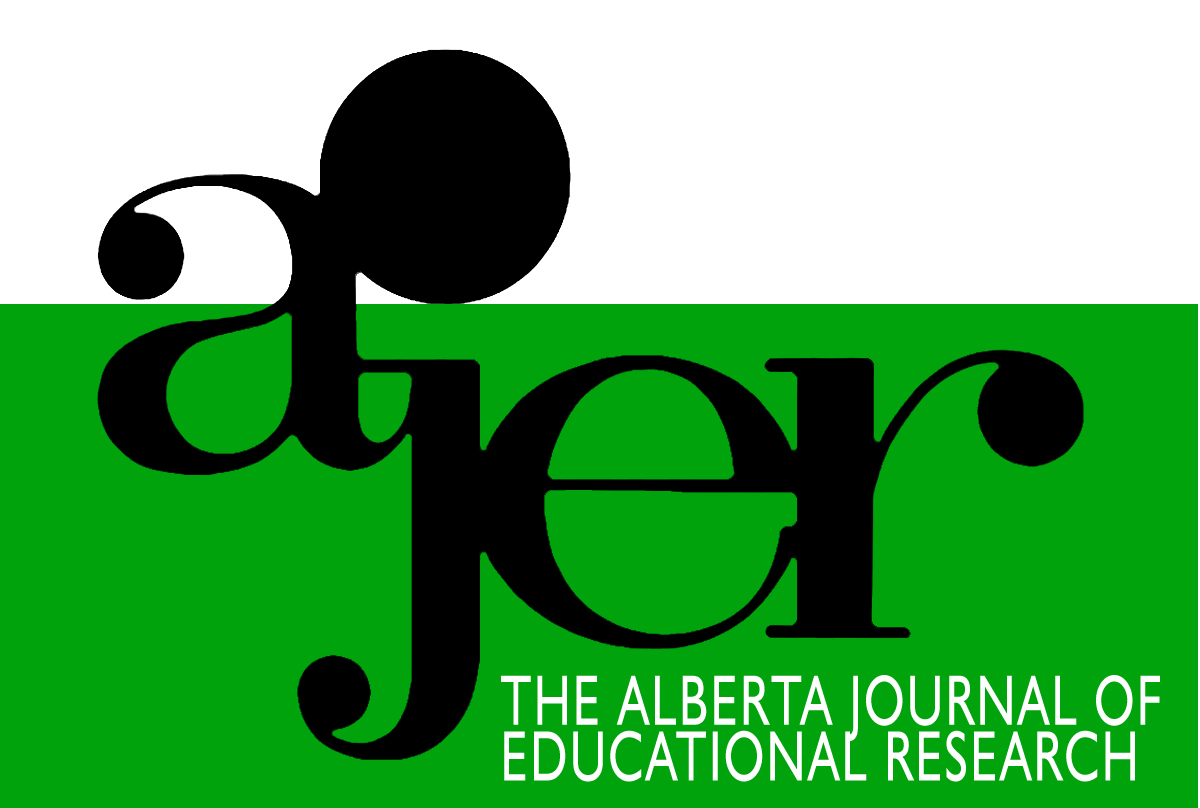Students’ Perceptions of Teaching and Learning Practices: A Principal Component Approach
DOI:
https://doi.org/10.55016/ojs/ajer.v63i2.56282Keywords:
teaching and learning practices, students’ perceptions, student attendance, academic successAbstract
Students’ attendance and engagement with teaching and learning practices is perceived as a critical element for academic performance. Even with stipulated attendance policies, students still choose not to engage. The study employed a principal component analysis to analyze first- and second-year students’ perceptions of the importance of the 12 teaching and learning practices used in the Economics modules. The results showed that first year students perceive lecturer consultation, ADO consultation, and revision classes as the most beneficial practices for their academic performance. Second-year students recognize interactive group learning practices as most beneficial for their academic performance; they also perceive weekly tutorials, PowerPoint lectures, small group tutorials, and revision classes as contributing the most to academic performance. Self-study and e-learning are perceived as the least beneficial by both streams of students. The main conclusion from this study was that first-year students are more likely to be solitary learners and prefer teaching and learning practices that involve one-on-one interaction with the instructor. On the other hand, second-year students tend to be more social learners, preferring teaching and learning practices that are in a group setup. This is a possible explanation of why they do not attend or engage with some teaching and learning practices.
L’on considère la fréquentation scolaire et la participation à l’enseignement et aux pratiques d’apprentissage par les étudiants comme des éléments critiques de la performance scolaire. Malgré des politiques prévoyant la fréquentation, les étudiants choisissent de ne pas participer. Cette étude repose sur une analyse en composantes principales pour étudier les perceptions qu’ont les étudiants en 1re et 2e années quant à l’importance des 12 pratiques d’enseignement et d’apprentissage employées dans les modules de leur cours d’économie. Les résultats indiquent que les étudiants de première année perçoivent que la consultation du professeur, la consultation ADO et les cours de révision sont les pratiques dont ils profitent le plus quant à leur rendement académique. Les étudiants en deuxième année considèrent que leur rendement académique profite le plus des pratiques d’apprentissage de groupe interactif, les sessions hebdomadaires d’enseignement dirigé, les cours basés sur les présentations PowerPoint, le tutorat en petits groupes et les cours de révision. Les deux groupes d’étudiants perçoivent l’autoformation et l’apprentissage électronique comme étant les pratiques les moins favorables à leur rendement. La conclusion principale qui découle de cette étude est que les étudiants en première année tendent plus à être des apprenants solitaires et préfèrent les pratiques d’enseignement et d’apprentissage qui impliquent une interaction individuelle avec le professeur. Quant aux étudiants en deuxième année, ils ont davantage tendance à être des apprenants sociaux et préfèrent des stratégies d’apprentissage reposant sur le groupe. Ces résultats pourraient expliquer pourquoi ils s’absentent des cours ou ne participent pas aux pratiques d’enseignement et d’apprentissage.
Downloads
Downloads
Published
How to Cite
Issue
Section
License
UNIVERSITY OF ALBERTA COPYRIGHT LICENSE AND PUBLICATION AGREEMENT
If accepted, authors will be asked to sign a copyright agreement with the following points:
A. Where there is any inconsistency between this Copyright License and Publication Agreement and any other document or agreement in relation to the same subject matter, the terms of this Agreement shall govern.
B. This document sets out the rights you are granting in relation to publication of your article, book review, or research note entitled (the “Article”) through inclusion in the academic journal titled Alberta Journal of Educational Research (the “Journal”) published through the Faculty of Education, representing the Governors of the University of Alberta (the “Journal Editor”).
C. There will be no payment to you for this publication and grant of rights. In consideration of the agreement to publish the Article in the Journal:
1. You are warranting that:
- the content of the Article is your original work, and its content does not contain any material infringing the copyright of others; or, where the Article is not entirely your original work, you have obtained all necessary permissions in writing to grant the rights you are giving in this agreement;
- the content of the Article does not contain any material that is defamatory of, or violates the privacy rights of, or discloses the confidential information of, any other person;
- the Article has not been published elsewhere in whole or in part, and you will not allow publication of the Article elsewhere without the consent of the Journal Editor;
- the names of all co-authors and contributors to the Article are:
2. You agree to license the copyright in the Article to the Journal Editor, on a worldwide, perpetual, royalty free basis; and to the extent required by the terms of this agreement. You shall retain the right at all times to be acknowledged as the/an author of the Article.
3. You further agree that the Journal Editor has the entitlement to deal with the Article as the Journal Editor sees fit, and including in the following manner;
- The right to print, publish, market, communicate and distribute the Article and the Journal, in this and any subsequent editions, in all media (including electronic media), in all languages, and in all territories, ing the full term of copyright, and including any form of the Article separated from the Journal, such as in a database, abstract, offprint, translation or otherwise, and to authorize third parties to do so;
- The right to register copyright of the Journal;
- The right to edit the Article, to conform to editorial policy as the Journal Editor sees fit.
4. If any co-author or contributor to the Article does not sign this agreement, the Journal Editor reserves the right to refuse to publish the Article.



